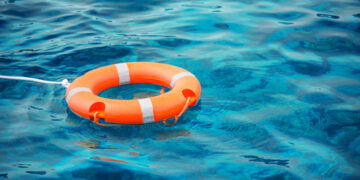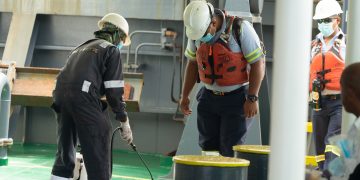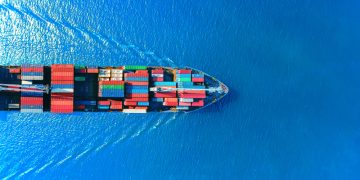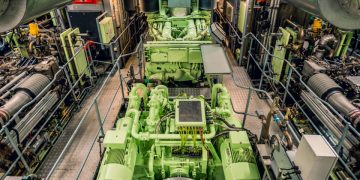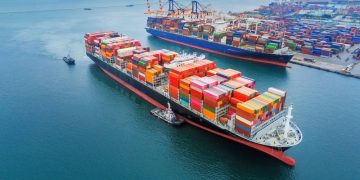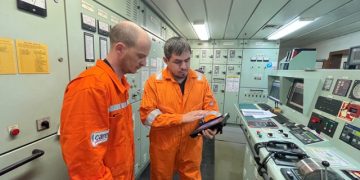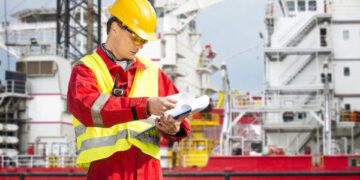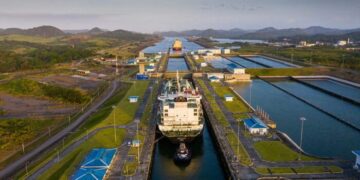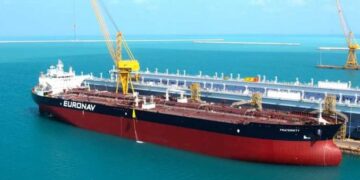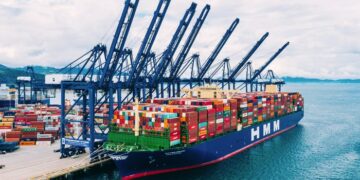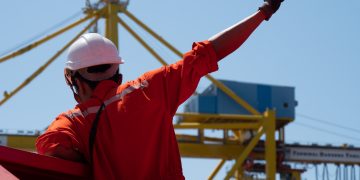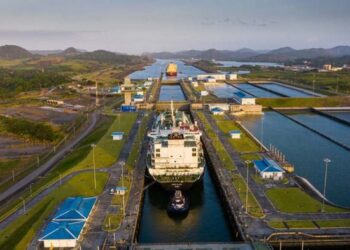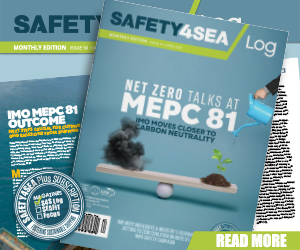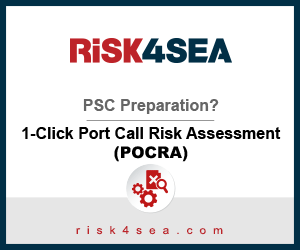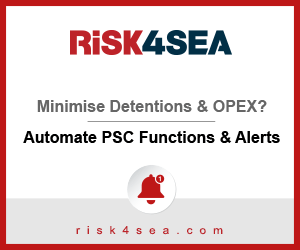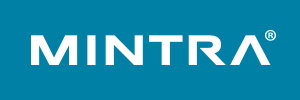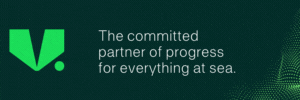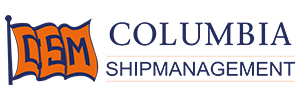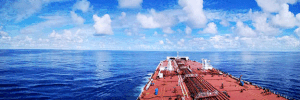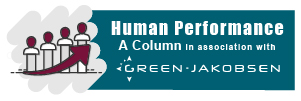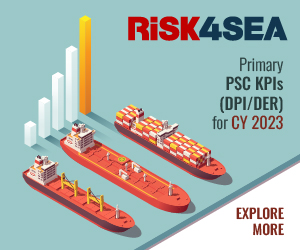In May 2018, New Zealand will become the first country in the world to introduce a nationwide standard for biofouling. This means, from 15 May, all commercial and recreational vessel operators will have to show they have managed biofouling on their vessels before they enter New Zealand waters. In view of this, NZ’s Ministry for Primary Industries (MPI) has released guidance on how international vessels can comply with strict new biofouling rules.
Previously, Paul Hallett, manager of the Biosecurity and Environment Group at MPI, New Zealand, had highlighted the current challenges of biofouling in an exclusive interview with SAFETY4SEA. Now that the vessel biofouling rules are on the way, New Zealand provides a recap of what vessels need to consider in order to comply with the Craft Risk Management Standard (CRMS).
MPI’s biosecurity and environment group manager, Paul Hallett, says:
Biofouling presents a major biosecurity risk to New Zealand. The new standard aims to reduce this risk and protect our unique marine environment and our aquaculture industries by ensuring vessels arrive with a clean hull .
Key factors contributing to biofouling risk
- Presence or absence of effective AFCs: Any surface that is not protected by an AFC will accumulate more biofouling than a surface that is protected by an AFC.
- Status of AFC: Its age, type, suitability to vessel, surface type, and if it has been operating within the parameters it is designed.
- Stationary periods or low speed: The longer a vessel, or any wetted surface,remains stationary or moves at low speeds in coastal environments or ports, the more likely it is to accumulate biofouling. This is more likely if the AFC is not designed for low-speed and/or low activity operations, as most coatings rely on minimum vessel speeds to activate the biocide.
- Proactive biofouling management: Evidence that operators monitor their vessel’s performance, do regular in-water inspections and groom the slime layer on the hull and niche areas will increase the likelihood that the vessel will be assigned a lower risk rating on arrival.
- Vessel type: Some vessel types have more niche areas than others. Niche areas are protected from strong water flow, therefore they normally have greater amounts of biofouling as the plants and animals avoid dislodgement.
- Operating speed: Biofouling organisms are more capable of surviving slow voyages because they are not subjected to strong water flows compared to faster speeds.
How do I meet the CRMS for biofouling?
Vessels that cannot meet the requirements using the methods outlined above may develop a CRMP to be approved by MPI.
We understand that not all vessels will be able to meet the compliance measures outlined in the standard. Craft Risk Management Plans allow these vessels to develop a more tailored compliance plan to manage the biofouling. We expect vessels with unique operating profiles, such as cruise ships and fishing vessels, will most likely use this option. MPI will assess the biofouling risk of the vessel prior to its arrival based on documents supplied by the operator.
How do I meet the CRMS for vessels? [smlsubform prepend=”GET THE SAFETY4SEA IN YOUR INBOX!” showname=false emailtxt=”” emailholder=”Enter your email address” showsubmit=true submittxt=”Submit” jsthanks=false thankyou=”Thank you for subscribing to our mailing list”] CRMPs must meet the desired effect or outcome of MPI’s vessel requirements (including the clean hull thresholds and risk good storage or removal) but may use a different method to do so. The CRMP must outline the ways the risks identified by the two CRMSs will be managed. The operator can submit a CRMP for a vessel or fleet of vessels to MPI for consideration. Given their unique operational profiles, MPI expects cruise vessels, some fishing vessels and project vessels would be the main type of craft which would require a CRMP. Vessels that are unable to comply with the new regulations may have their schedules interrupted or restricted, or even face the possibility of being directed to leave New Zealand territory. These measures will all be at the expense of the vessel owner or operator. While we are confident industry is ready for the new rules, we strongly advise vessel operators to get in touch with MPI if they are still unsure how to comply. Explore more herebelow:








